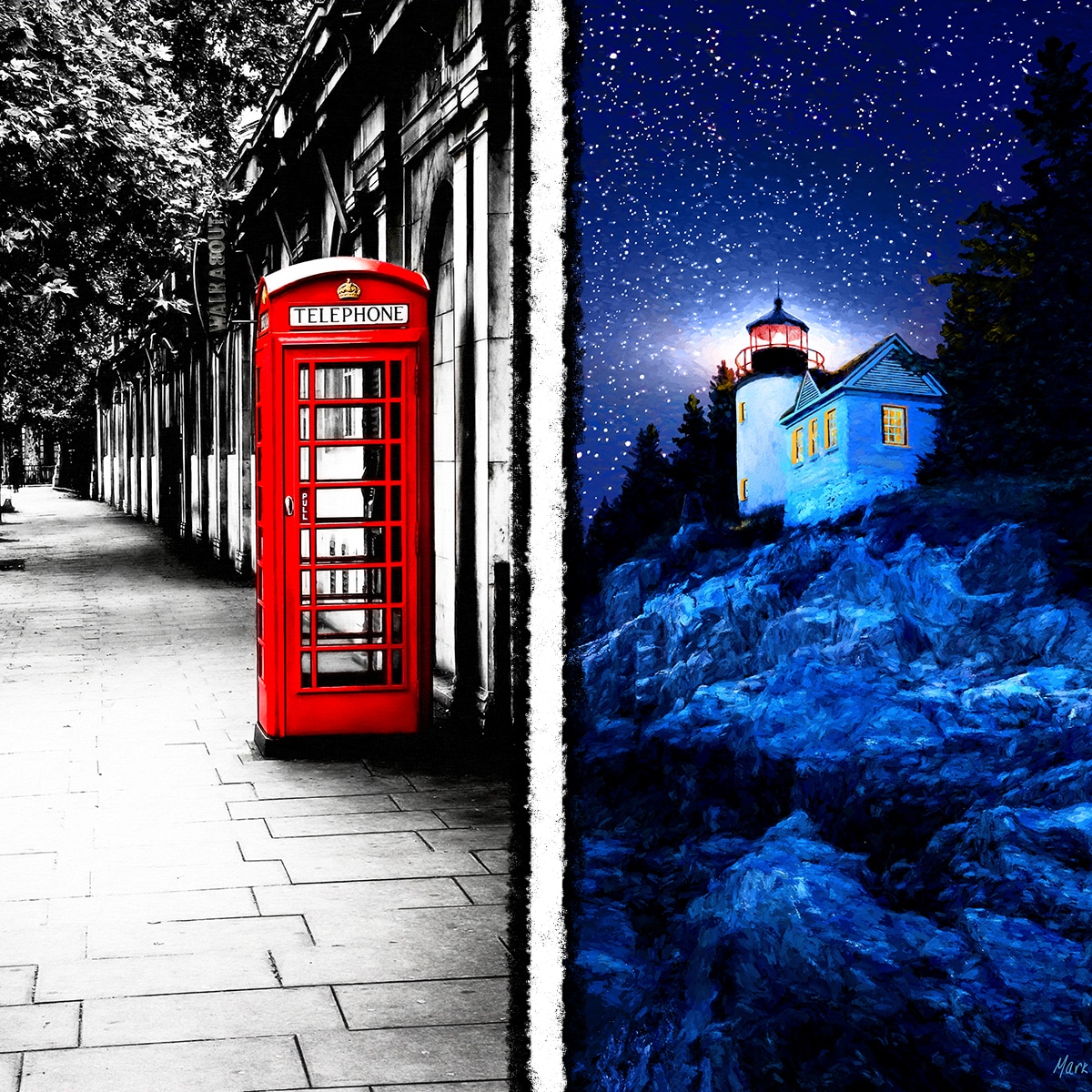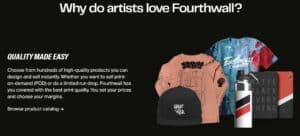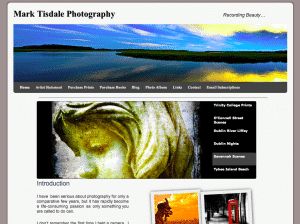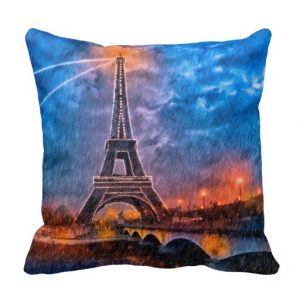Evolving as an Artist
A subject that I’ve intended to tackle is my story in regards to evolving as an artist. It’s a subject I haven’t written a lot about. In fact, I have scarcely updated my bio in years. It really is on the list but I personally find the biography writing process is akin to pulling teeth. For people who have followed my work for quite awhile, you’ve no doubt noticed how my work has changed over the years. In fact, my original website years and year ago included photography in the name because my story started with a camera. But the end result is a catalog of work that’s diverse and possibly confusing for those who are new to my work.
I frequently receive comments like “nice photo” or “nice painting” and often they are technically incorrect. Sometimes I explain. Other times I feel like it’s better just to say thank you than go into the weeds. As it is, many of my actual photos would not satisfy the requirements to be photojournalistic. I have never cared as much about capturing reality as making an image I feel is appealing aesthetically. So even when a camera was my primary tool, if there was a trash can in the way or a person standing in a distracting spot, I would happily remove them in photoshop.
Evolving as a Series of Steps
When it comes to evolving as an artist, things started with learning how to edit out objects without it being obvious that I had done so. There’s an art to concealing things you consider a blemish in a photo. When I was cutting my artistic teeth on this, Photoshop didn’t have the tools to even try on its own. You had to use brushes and clone tools artistically if you hoped for it to be convincing. Even today sometimes Photoshop’s editing tools will fall short of realistically removing objects with complex backgrounds.
As I got more handy at removing things, the next step on the ladder was adding elements that I felt would tell a better story. For example, maybe instead of removing a person I decided a person in just the right spot would make the difference to the overall composition. As I became more competent at digital editing, I gradually became less invested in a camera as a simple recording device. Instead my camera became, and often still is, simply the first tool in the process.
A Eureka Moment
As a small but I think important aside in my story of evolving as an artist is a visit to a Canaletto art exhibit in Edinburgh at the Queen’s Gallery at Holyrood in 2007. I have long admired Canaletto’s paintings for the sense of realism in his work. So imagine my surprise when I was going through the exhibit to discover that Canaletto’s paintings of Venice as beautiful and real as they feel did not actually portray Venice as it actually was. He was unafraid to move buildings around or change topography to fit the composition he wanted in his paintings. There was something genuinely freeing about that revelation to me. If you’d like to read more about Canaletto’s process – this article is a good read.
Mind you, from near the beginning I’ve been evolving my own style and doing it my way. My first commercially successful work wasn’t exactly realism either. It might be fun to see a where it began and where we are now sort of side by side, eh?
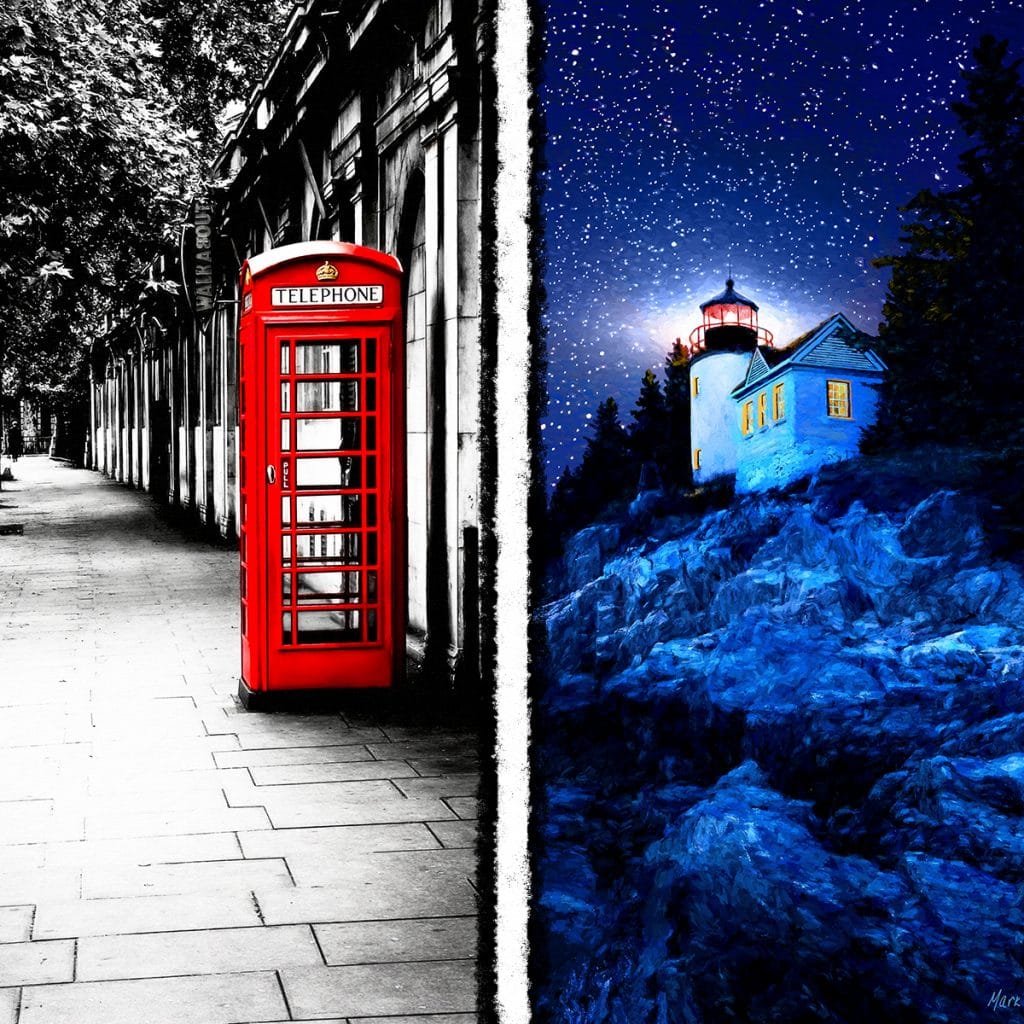
There’s not really anywhere online you could actually arrange my artwork chronologically. Perhaps a future project but I’m not sure anyone but me would find that interesting? I have no clue anymore what the first print I uploaded was, the first image I tried to sell. But dating to 2005, the London Calling print on the left is the first commercially successful work I had. It’s most likely the oldest print I still offer for sale because I’m still proud of it and customers still love it, too. Closer to reality than some of my modern work but still not as it appeared on the street either. So maybe my strength was always in eschewing reality to some degree?
At any rate, the artwork on the right is as of this writing my most recent – a night time view of the Bass Harbor Head Lighthouse in Maine. And this gets us back on track in my story about evolving as an artist. The Bass Harbor Head Light is not a photograph. In fact, the references I worked from were daylight scenes. This work is a hand done digital painting done primarily in Corel Painter using my digital tablet and pen. For me, work like this was the next step of my journey. Although it was unplanned, as I became better at altering photos to fit my desires, I was learning new tools and incrementally evolving as a digital artist.
For a time a few years ago, I was actually doing a portion of my new artwork in physical media. Typically this was background work like skies, trees, and other vegetation. And I would scan that in and then do the detail work over it in Corel Painter or Photoshop. In time, I decided although that was fun it was really a waste of materials. Since everything ended up as a digital file in the end, it made more sense to me to just do it all in Painter and Photoshop. And I have more control over the final work that way.
Maybe someday I’ll feel organized enough to share a more up close and personal view of my process in video format. Lacking that, I have a favorite video that I share when customers and other curious people ask about the process behind my work.
While our style differs you can get an idea about how working in physical media and digital art have both things in common as well as differences. I find in general people are far more familiar with physical media, so I think videos like hers help not just to educate artists but to familiarize the general public with digital art and some of its tools.
Personally, the things I like most about working with pixels instead of paint is the freedom to back up, delete something I’m unhappy with and start over. Since I work in layers, I can generally make changes without needing to truly start over from scratch. Likewise I value the ability to really “zoom in” when doing detail work. Between lifelong nearsightedness and now presbyopia, my eyes truly appreciate this difference.
The Story Doesn’t End
Well, I guess all stories end eventually but I’m not there yet. I expect in the years ahead I’ll try new things and one can only guess where that will lead. When I picked up a camera years ago, I didn’t see myself doing it for a living. I had always enjoyed taking photos but mainly it was to preserve the memories of the places I was traveling at the time. Likewise, when I got serious about photography, I never dreamed I’d later be working in digital art. I have no specific plans for what’s next other than to continue on evolving as an artist wherever that may take me next.
If you have questions or comments, as always I welcome them in the comments below or you can send a message if you would rather.



